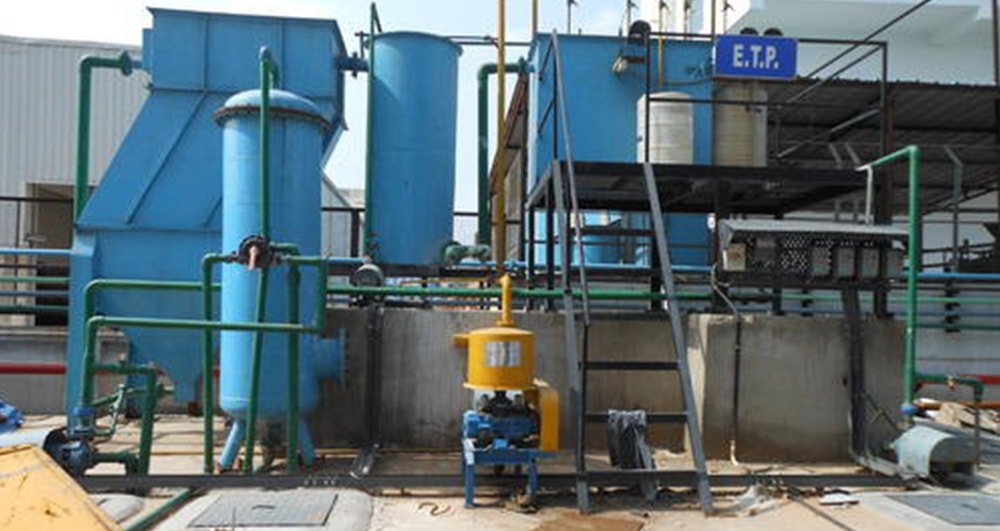How does an ETP Plant Work?
ETP Plant Manufacturer

What is an Effluent Treatment Plant?
An Effluent Treatment Plant (ETP) is a facility designed to treat and purify industrial wastewater, ensuring that it meets environmental discharge standards before it is released into the environment. ETPs employ several physical, chemical, and biological processes to effectively treat and clean industrial effluents.
How ETP Plant Works?
Here are some working process of ETP Plant:
- Collection and Pre-Treatment:
Industrial wastewater is collected from various sources within the facility and conveyed to the ETP.
Large solid materials, such as debris, plastics, and other non-dissolved substances, are removed through physical processes like screening and sedimentation in the initial stage.
- Primary Treatment:
In the primary treatment stage, the wastewater undergoes further sedimentation and separation.
Heavier particles and solids settle at the bottom of settling tanks, forming sludge, while relatively cleaner water moves to the next stage.
- Secondary Treatment:
Secondary treatment focuses on the removal of organic pollutants from the wastewater.
Biological processes are employed, where microorganisms (bacteria and other microbes) are introduced into the wastewater.
These microorganisms break down and consume organic contaminants, converting them into carbon dioxide, water, and biomass. This process is known as activated sludge treatment or biological oxidation.
The treated water from the secondary treatment stage is typically much cleaner than the initial influent.
- Tertiary Treatment (if required):
In some cases, additional treatment may be necessary to remove specific contaminants or adjust the pH of the effluent.
Tertiary treatment processes can include chemical treatment, advanced filtration, and other specialized techniques to further improve water quality.
- Disinfection:
After the primary, secondary, and tertiary treatments (if applicable), the final effluent may still contain some harmful microorganisms.
Disinfection processes such as chlorination or ultraviolet (UV) radiation are applied to ensure that the treated water is safe for release into the environment and won’t pose health risks.
- Sludge Handling:
The sludge generated during the primary and secondary treatment processes is collected and further treated or disposed of separately.
Some ETPs use anaerobic digestion or other processes to reduce the volume of sludge and recover biogas or valuable by-products.
- Effluent Discharge or Reuse:
After going through all treatment stages and meeting the required quality standards, the treated water can be safely discharged into the environment (such as rivers or oceans) if permitted by regulatory authorities.
In some cases, treated water may also be reused within the industrial facility for non-potable purposes, reducing the demand for freshwater resources.
- Monitoring and Maintenance:
ETPs require regular monitoring and maintenance to ensure their proper functioning.
Parameters such as water quality, flow rates, and equipment performance are continuously monitored to make necessary adjustments and ensure compliance with environmental regulations.
Best Effluent Treatment Plant Manufacturer in India
If you are searching for the best ETP Plant manufacturer in India, look no further than Unistar Aquatech Private Limited. As a renowned industry leader, Unistar Aquatech is dedicated to providing top-quality Effluent Treatment Plants (ETPs) that cater to a wide range of industrial needs. With a commitment to innovation, reliability, and sustainable solutions, Unistar Aquatech has established itself as a trusted manufacturer and supplier of ETPs in India.
